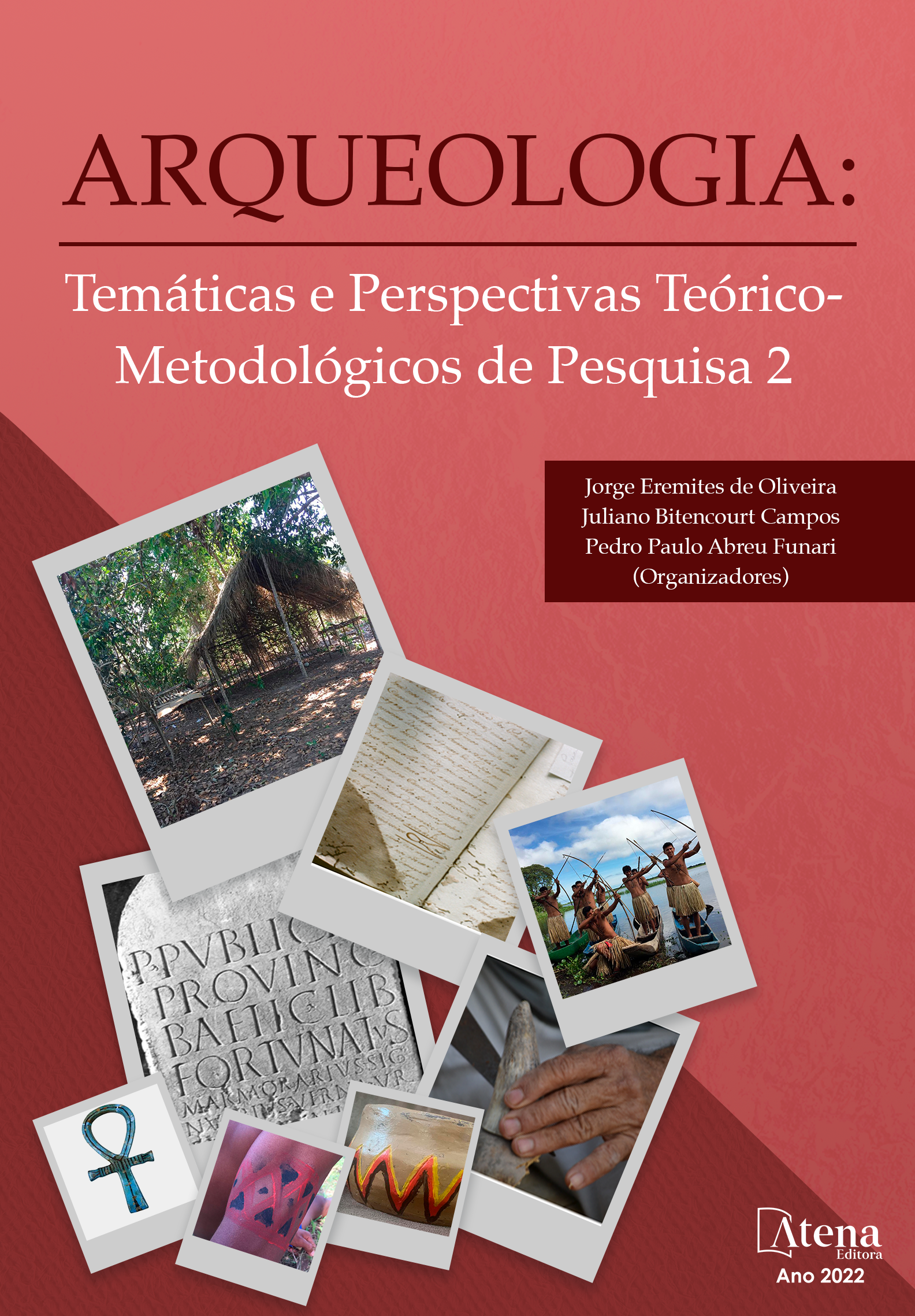
PÃRI – ARMADILHAS DE PESCA UTILIZADAS PELOS KAINGANG NO VALE DO RIO PIQUIRI
Fazemos aqui uma reflexão sobre o uso de armadilhas de pesca nas corredeiras e cachoeiras do rio Piquiri e seus afluentes, no estado do Paraná – Brasil, pelos índios Kaingang no século XIX e primeiras décadas do século XX. Utilizamos de fontes históricas manuscritas das primeiras décadas da ocupação dos territórios Kaingang em Guarapuava, e de relatos de viajantes que percorreram os territórios Kaingang no vale do rio Piquiri na segunda metade do século XIX. Agregamos a essas fontes os dados arqueológicos existentes sobre a ocupação pretérita do vale do rio Piquiri, e as informações prestadas pelos Kaingang sobre a toponímia da região e o uso dos pari. Utilizamos a metodologia da etno-história, problematizada desde a Conferência de História Indígena de Columbus ocorrida em Ohio-EUA em 1953, que pressupõe o uso combinado dos dados advindos de diversas disciplinas e a incorporação na análise das informações geradas pelas tradições orais e os etno-conhecimentos dos indígenas. Concluímos com a hipótese de que o adensamento, o sedentarismo, a complexificação social dos Kaingang no vale do Piquiri, constatado pela arqueologia em torno de 900 anos AP, podem ser resultantes de forças endógenas que operaram por dentro da sociedade Kaingang. Essas forças foram impulsionadas por uma crescente produtividade de alimentos, de obtenção de proteínas animal, relacionadas com o manejo dos recursos alimentícios pesqueiros feito pelos Kaingang, por meio de suas "stones fish traps", de seus pari, espalhados pelas milhares de corredeiras do rio Piquiri e seus afluentes.
PÃRI – ARMADILHAS DE PESCA UTILIZADAS PELOS KAINGANG NO VALE DO RIO PIQUIRI
-
DOI: 10.22533/at.ed.1482216035
-
Palavras-chave: Etno-história indígena; Índios Kaingang; Vale do Rio Piquiri-PR; Pari-armadilha de pesca
-
Keywords: Indigenous ethnohistory; Kaingang Indigenous People; Piquiri River Valley-PR; Stone fish traps
-
Abstract:
Here we reflect on the use of fishing traps in the rapids and waterfalls of the Piquiri River and its tributaries, in the state of Paraná - Brazil, by the Kaingang Indigenous people in the 19th century and the first decades of the 20th century. We use handwritten historical sources from the first decades of the occupation of the Kaingang territories in Guarapuava, and reports from travelers who traveled through the Kaingang territories in the Piquiri River valley in the second half of the 19th century. We add to these sources the existing archaeological data on the past occupation of the Piquiri River valley, and the information provided by the Kaingang on the toponymy of the region and the use of the Pari. We have applied the ethnohistory methodology, problematized since the Columbus Conference on Indigenous History held in Ohio-USA in 1953, which combines the use of data from different disciplines and the incorporation in the analysis of information generated by oral traditions and ethno-indigenous knowledge. We conclude with the hypothesis that the densification, the sedentary lifestyle, the social complexification of the Kaingang in the Piquiri valley, verified by archeology around 900 years BP, may be the result of endogenous forces that operated within the Kaingang society. These forces were driven by a growing productivity of food, of obtaining animal proteins, related to the management of fish food resources by the Kaingang, through their "stone fish traps", of their pari, spread over the thousands of river Piquiri rapids and its tributaries.
-
Número de páginas: 30
- Lúcio Tadeu Mota


